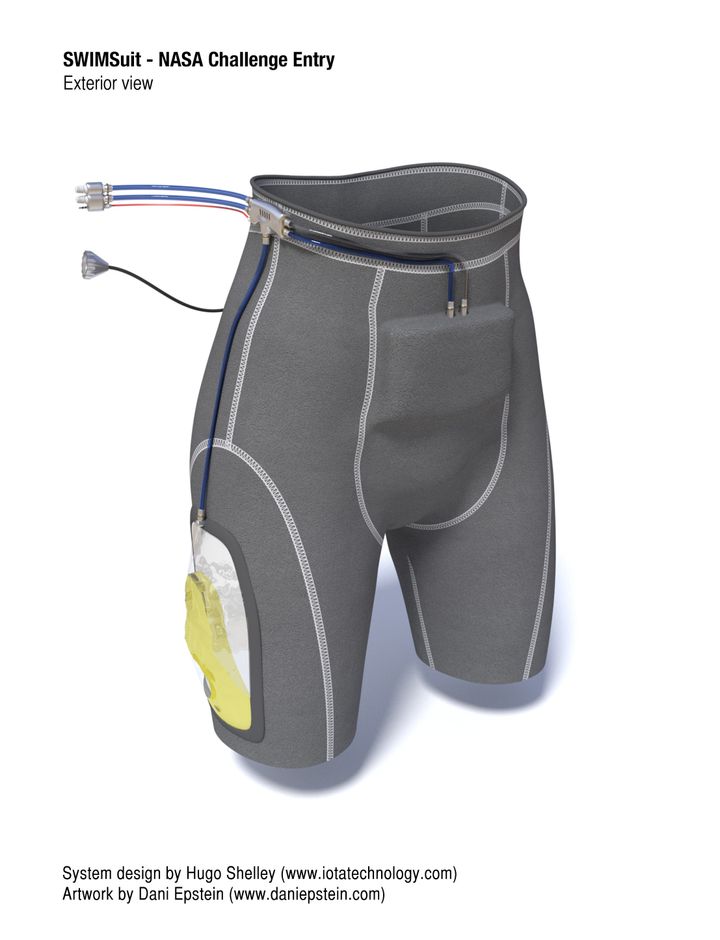It’s a bleak outlook: You’re on one of NASA’s upcoming Orion missions, far beyond Earth’s orbit, when your craft loses pressure. Your space suit has just enough oxygen for the six day journey back to Earth, but there’s a problem far greater than that. How do you poop?
It’s a question NASA set out to answer in November with a $30,000 Space Poop Challenge. Nearly 20,000 people entered the competition, submitting more than 5,000 ideas. Now, the winning three have been announced.
Taking first place and $15,000 is Thatcher Cardon, a family doctor and flight surgeon who came up with the MACES Perineal Access & Toileting System.
Inspired by minimally invasive surgeries, M-PATS is an airlock that can be fitted to a space suit to let astronauts remove underwear and diapers.

“I thought about what I know regarding less invasive surgeries like laparoscopy or arthroscopy or even endovascular techniques they use in cardiology — they can do some amazing things in very small openings,” Cardon told NPR.
“I mean, they can even replace heart valves now through catheters in an artery. So it should be able to handle a little bit of poop,” Cardon added.
Second place went to a doctor, engineering professor and dentist who had studied chemical engineering at college together.
The trio, Team Space Poop Unification of Doctors (SPUDS), designed a urinary girdle that uses airflow to push urine or menstrual waste into storage at the back of the suit. The design won the team $10,000.
Hugo Shelley, a British product designer, came in third place, winning $5,000 for his SWIMSuit design. Like SPUDS’ design, Shelley’s also stores the waste in the suit, using a mechanism to compress, seal and sanitise solid waste.
NASA is now aiming to develop the designs in the next three or four years.
“The ability to protect the crew while in a pressurized suit for such an emergency situation is one that has never before been tested in space and is critical for crew health,” said Kirstyn Johnson, spacesuit engineer at NASA’s Johnson Space Center in Houston.
“It was invigorating to see the number of people interested and engaged in the challenge. From here, we’ll be able to use aspects of the winning designs to develop future waste management systems for use in the suit,” Johnson added.
